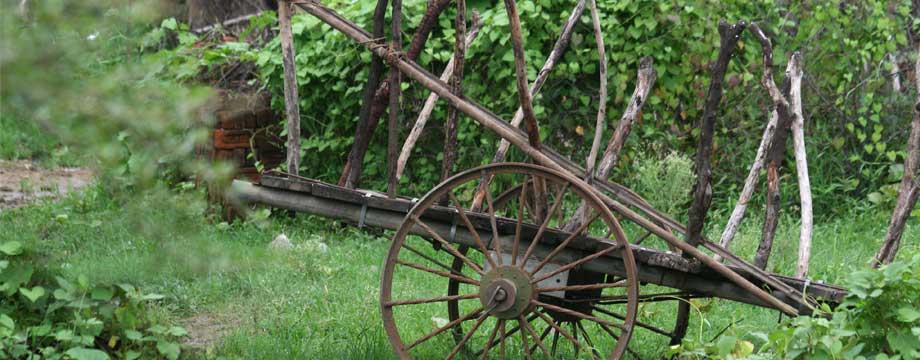Upper Beaconsfield
Upper Beaconsfield is a quiet, dignified little village just north of Berwick and Beaconsfield. It has had a few name changes: being known variously as Berwick Hills, Beaconsfield, Berwick North, Beaconsfield North, Upper Beaconsfield and Beaconsfield Upper. It sits roughly halfway between Emerald and Beaconsfield and is primarily a small acreage community.
Most residents don’t realize that gold was the factor that most influenced the settlement of Upper Beaconsfield. In 1846, John Curran took up a pastoral licence for the area and named it The Mount Misery Run. This squatters licence included all of the land we call Upper Beaconsfield today. The licence was handed back in 1864 and it wasn’t until 1873 that any of the land was selected for settlement. A change in the Gold Act of 1869 meant that up to 20 acres of crown land in a registered goldfield could be selected for the paltry fee of £2 per acre, per year (roughly $300 in today’s money). If the selector improved the land he could then purchase it for £1 per acre (or $150 today). In 1872, gold was discovered in Haunted Gully and Walker’s Gully just south of where the village is today and the area was proclaimed a goldfields site prompting a rush for land. One of the requirements for obtaining the land was that a sign declaring the miner’s right had to be erected along the boundaries. In the 1970s there were still many of these metal signs visible along the road edges.
With the change in this regulation, settlement started soon after. A professor of medicine at Melbourne University by the name of George Halford (Halford Road is named after him) talked freely about the health benefits of the fresh air of Beaconsfield Upper and people flocked to the area. Large boarding houses were built and beautiful country homes followed. The opening of the train line in 1877 made the weekend visit a reality. In amongst these magnificent homes were the small farms of orchardists, graziers and dairymen. Farms of hardworking families with community spirit. Farms like the one that the Sheards owned in 1921.
Guys Hill
About halfway between Beaconsfield and Upper Beaconsfield lies the area known today as Guys Hill. As the name of Upper Beaconsfield varied over many years so did the boundary between townships. In the 1880’s the area we now call Beaconsfield was known as Little Berwick. And anything north of Little Berwick was known as Beaconsfield. It wasn’t until Craik’s old boarding house was leased out to be used as an inebriates retreat that the Guys Hill area got it’s own name and became known as Inebriates Hill. The dividing line between townships still varied making it difficult to understand who lived where. Many of the newspaper reports about the 1921 murder of Fred and Annie Sheard stated that they lived in Upper Beaconsfield and the Inebriates Retreat which is almost opposite the Sheard homestead was listed as being in Beaconsfield.
The most noticeable property in the area was the Craik Boarding House which had 15 rooms and was situated almost opposite the little Guys Hill Milk Bar (today known as Blue Vein Deli). Just below the shop is Montuna Golf Course, this land was a camping and water reserve used when cattle were moved by drovers. Down below this area and on the opposite side of the Emerald Road is the Cardinia Park Hotel. Originally called The Bush Inn, then the Cardinia Creek Hotel and sometimes referred to as the Kardinia Creek Hotel, this pub was built prior to 1883 and is mentioned regularly due to breaches in the licensing laws. Opposite the pub and slightly to the north was the local council tip in the 1970’s. On the other side of Inglis Road and between the Emerald Road and the Cardinia Creek was what appears to be the tip in 1932. There was also a sand deposit/ sand pit in the 1930’s.
As I troll through reports and files about the Upper Beaconsfield/Guys Hill/Inebriates Hill area there is one thing that is commented on in almost all of the reports. They talk about the beauty of the region, the healthy air and environment, the kindness of the people and the sense of community. And these things are still evident today.

